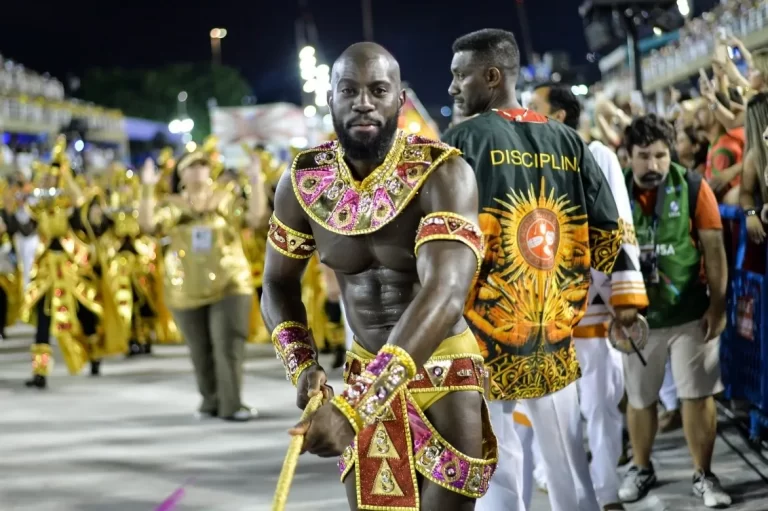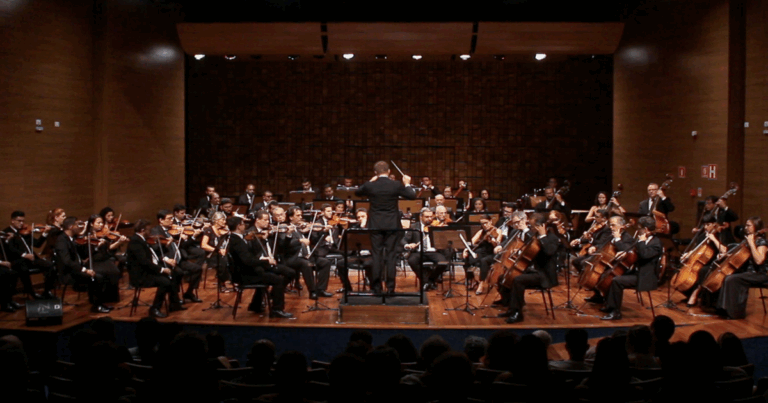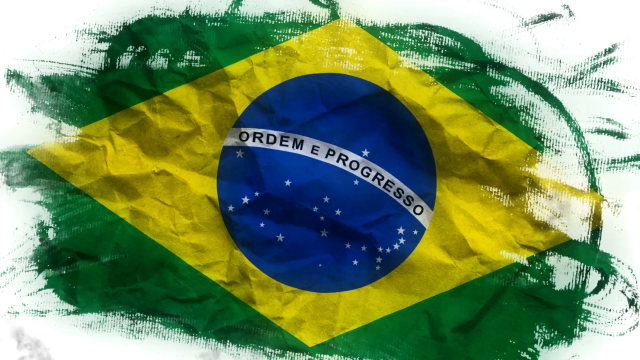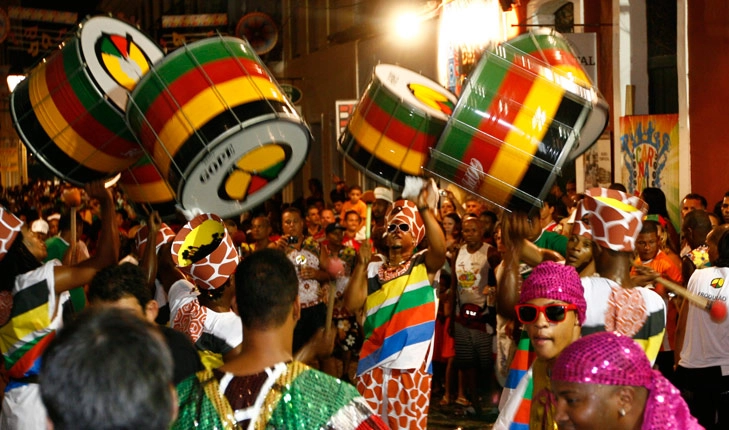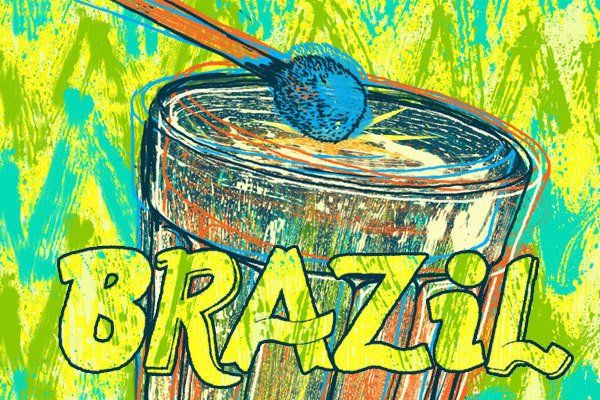
Brazilian music is vibrant and rhythmic, shaped by a rich cultural fusion of Indigenous, African, and European influences. Among its most iconic instruments is the Berimbau, a single-string percussion instrument of African origin. It’s made from a wooden bow strung with steel wire and a hollowed-out gourd for resonance. Played with a thin stick called a varreta, it produces a distinctive twangy sound and is closely associated with capoeira, the Afro-Brazilian martial art disguised as dance.
Another essential drum in Brazilian music is the Atabaque, a tall hand drum with Afro-Brazilian roots. It comes in three sizes—Rum (deepest), Rum-Pi (medium), and Le (highest)—and is played by hand. The pitch is tuned by tightening or loosening ropes that stretch the calfskin head, often used in religious ceremonies and capoeira rodas.
The Cavaquinho is a small, four-stringed instrument resembling a ukulele. Often featured in samba and chorinho, this guitar-like instrument produces a bright, lively sound that drives the rhythm in traditional Brazilian ensembles.
Known for its quirky, squeaky tone, the Cuíca is a friction drum that sounds much like a monkey. Played by rubbing a stick attached to the drumhead from inside, the cuíca is a staple in samba music and adds a playful, expressive voice to the percussion section.
The Pandeiro is a hand-held frame drum fitted with jingles, similar to a tambourine. It’s held in one hand and played with fingers, thumbs, and palms on the other, allowing for complex rhythmic patterns. It’s highly versatile and central to styles such as samba, choro, coco, and capoeira.
The Alfaia is a large, wooden bass drum with a deep, thunderous tone. Covered with animal skin and tensioned by ropes, it is prominent in Afro-Brazilian rhythms like Maracatu and Ciranda, especially in the northeast.
The Ganzá is a shaker-type instrument made from metal, plastic, or woven materials and filled with beads or seeds. It provides a steady rhythmic texture, often playing in the background of samba bands.
The Agogô consists of two or more metal bells connected by a U-shaped rod. Played with a stick or by squeezing them together, this instrument is one of the oldest in Brazilian music and creates high-pitched, melodic rhythms typical in samba.
The Repinique is a small, high-pitched drum used for calls and solos in samba ensembles. It’s cylindrical with two drumheads and is played with sticks (one or two depending on region). Its sharp tone cuts through the layers of percussion, often signaling rhythm changes during performances.
The Shekere originates from West Africa and consists of a dried gourd covered with a net of beads. Shaken or hit against the hands, the shekere adds texture and movement to the music, often in ceremonial or folk contexts.
Lastly, the Tamborim is a small frame drum with a tightly tuned nylon head and no jingles. Played with a stick or multi-pronged beater, it produces sharp, high-pitched accents, especially in fast-paced samba styles.

